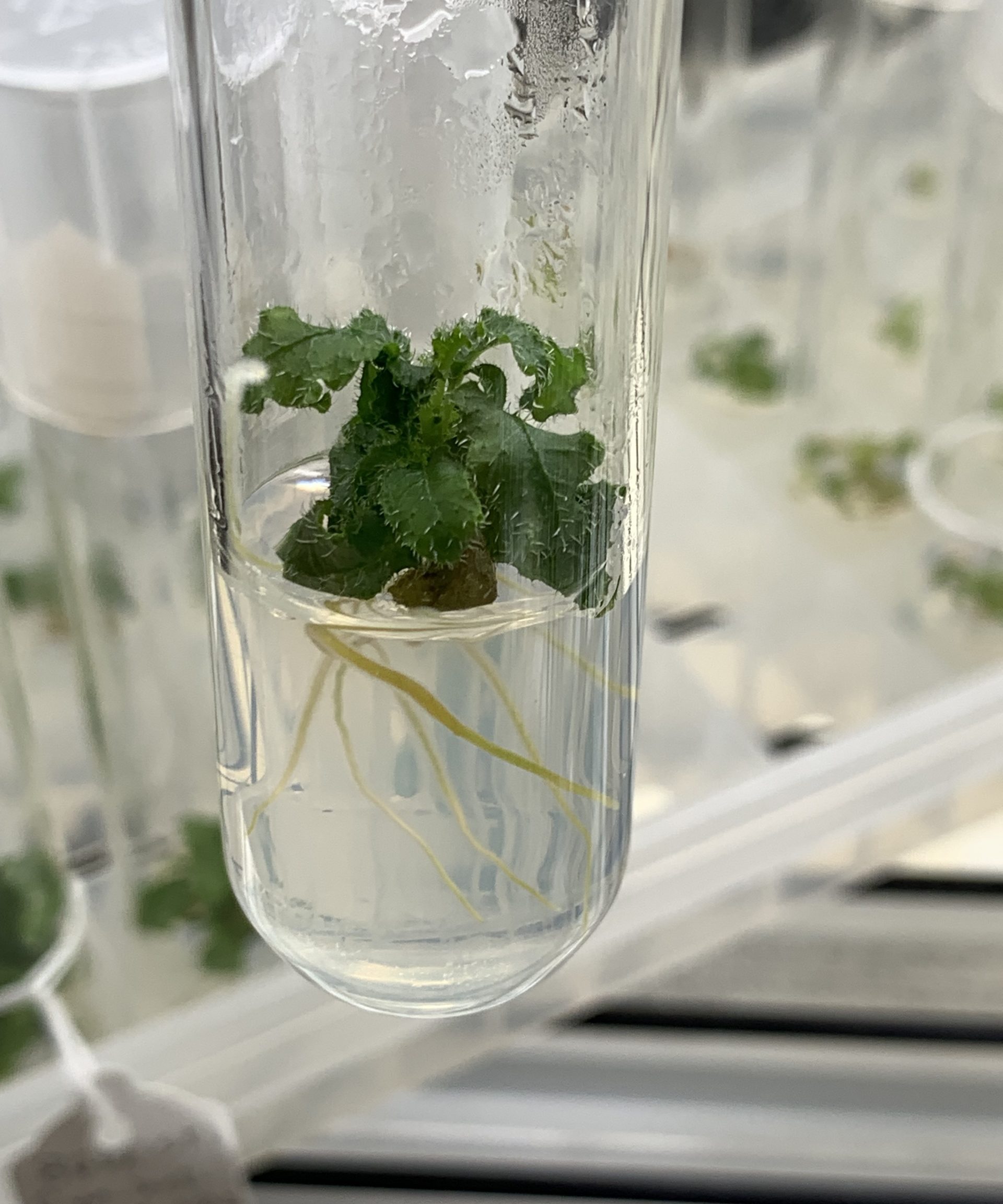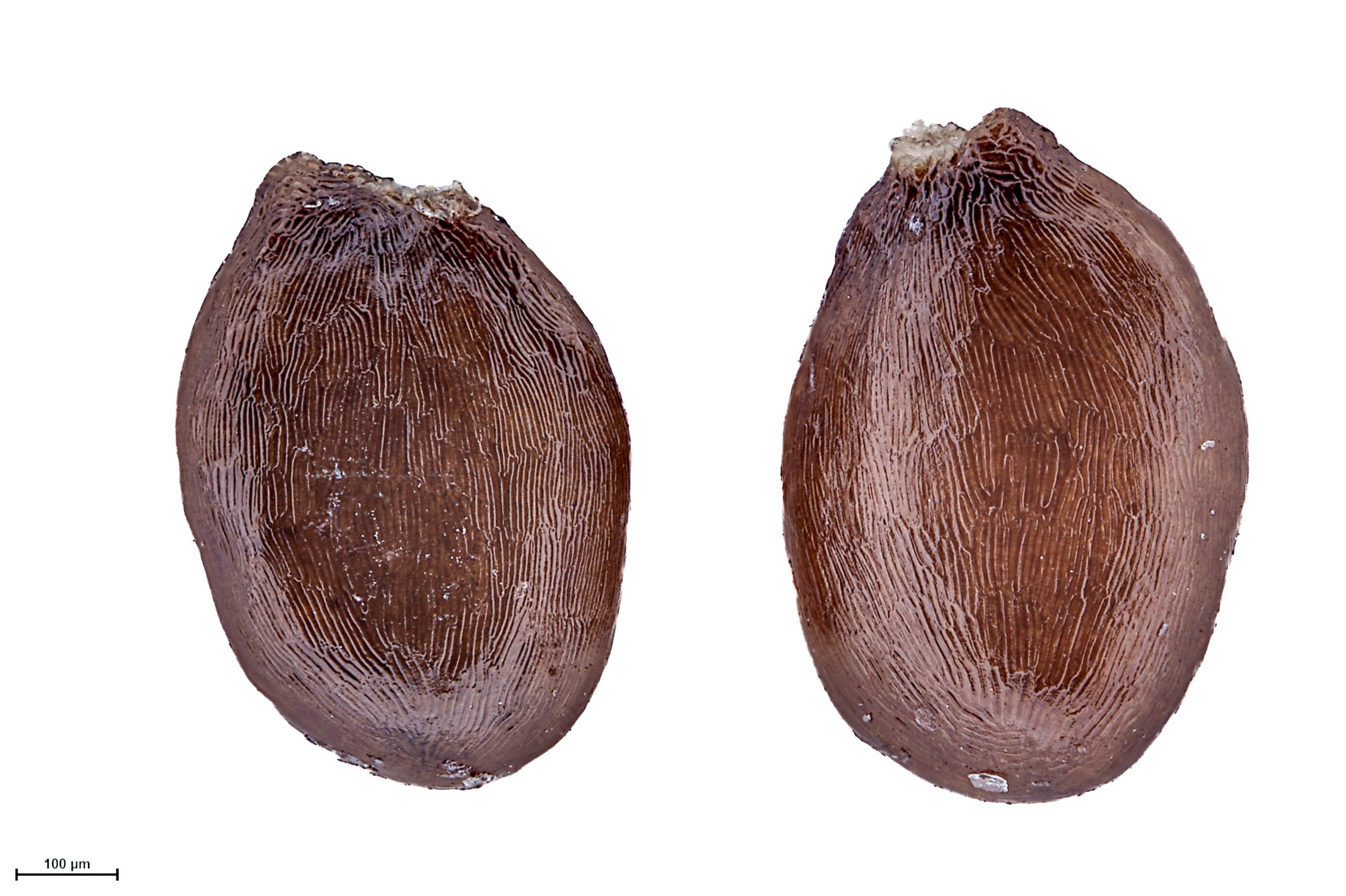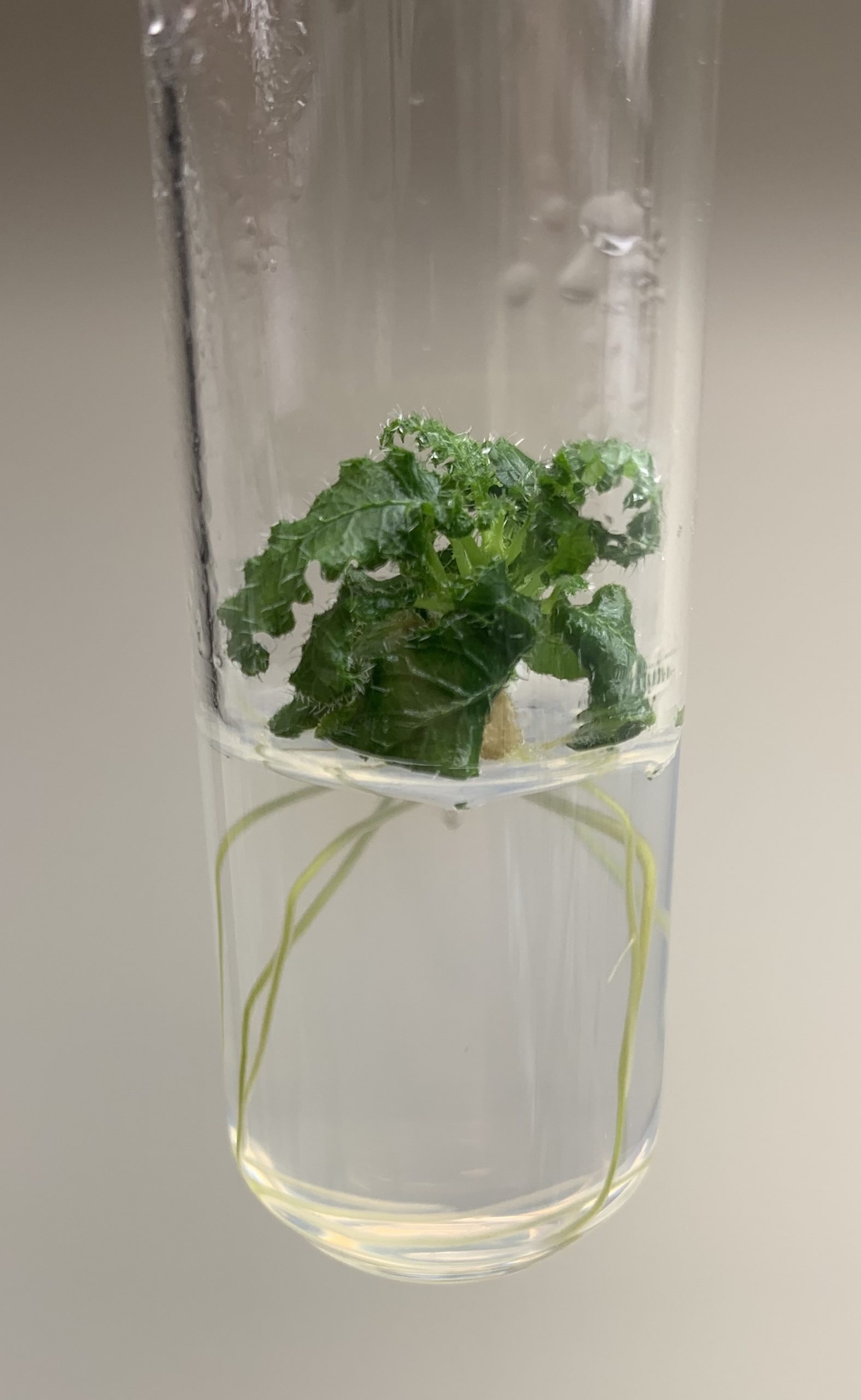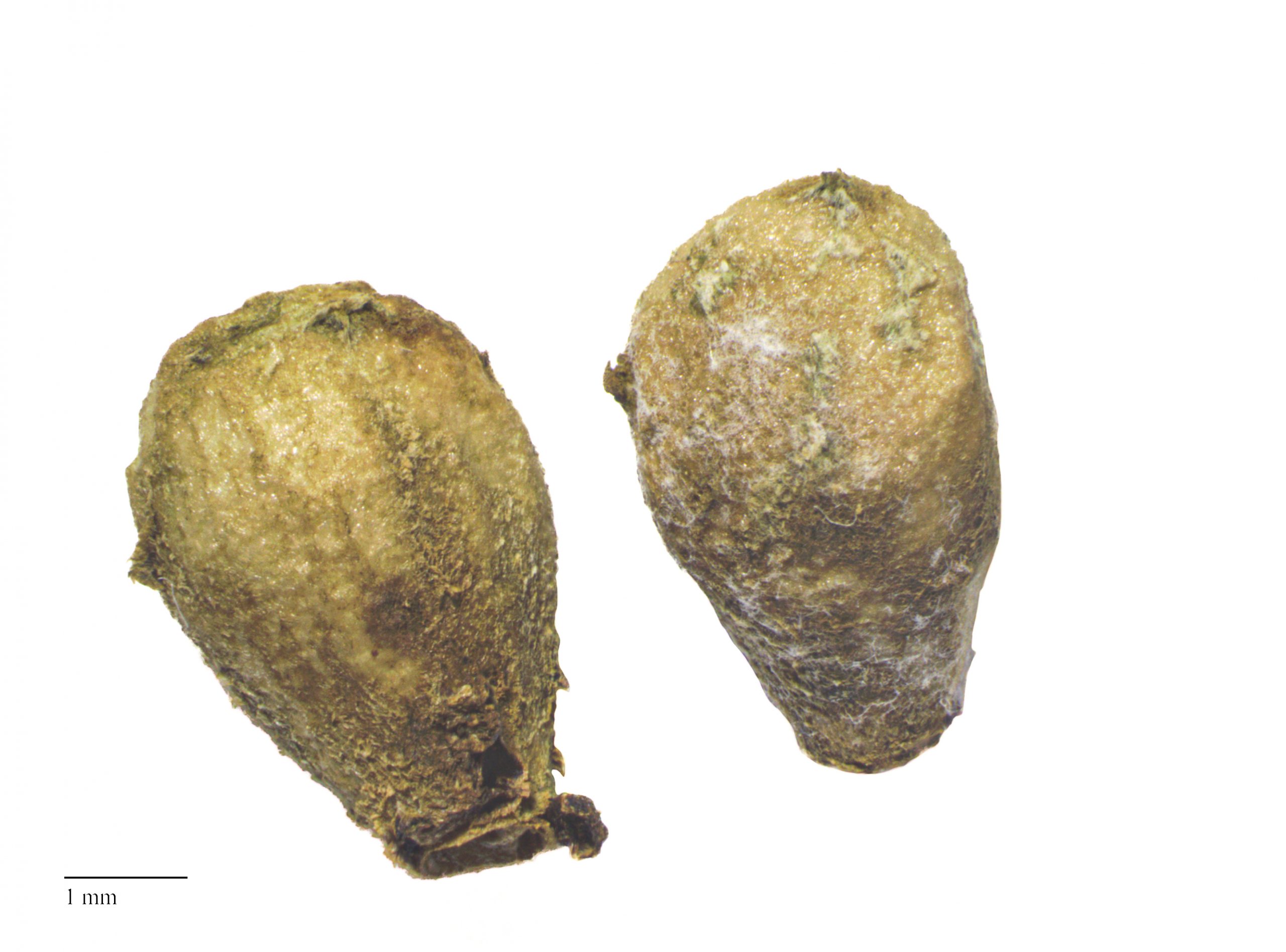Climate Change in Hawaii Makes Ex-Situ Conservation a State-Wide Priority
Hawaii is home to over 400 plant species listed as endangered by the United States Fish and Wildlife Service (USFWS). More than 250 of these species have less than 50 individuals remaining in the wild. Several factors contribute to the current status of rare plants in Hawaii, including habitat loss and degradation, invasive species, and wildfires—all of which are exacerbated by climate change. A 90% rate of endemism adds the extra challenge of limited geographic distribution. It is no wonder Hawaii is often referred to as the “plant extinction capital of the world.”
The compounding effect of climate change has created an extremely precarious state for the most vulnerable populations of Hawaii’s native plants. Extreme weather events have become more common—especially in higher elevations where most of Hawaii’s rare plant populations are found. Stronger weather swings generate increasing amounts of rainfall and more severe droughts. Heavy rainfalls benefit fast-growing invasive species of grasses, shrubs, and trees, increasing biomass in drought-prone areas. When droughts do hit, large swaths of land are therefore primed to go up in flame—along with any critically endangered populations of plants they contain.

A recent example of climate-change-charged wildfires occurred in 2022 in drought-afflicted West Maui. Fueled by invasive guinea grass, nearly 2,100 acres burned—including habitats containing the only known occurrences of some of Hawaii’s rarest species, such as Cyanea heluensis and Stenogyne kauaulaensis. Fortunately, technicians at the Plant Extinction Prevention Program (PEPP) had made wild seed collections of C. heluensis and S. kauaulaensis prior to the blaze. These collections were used to establish ex-situ representation in the Micropropagation lab and the Seed Conservation Lab at the Lyon Arboretum Hawaiian Rare Plant Program (HRPP). If not for the ex-situ collections at the HRPP, these two species would likely have been lost forever.
Another unfortunate aspect of climate change in Hawaii is increasing temperature and its effects on wild populations of native species, especially at higher elevations. The average temperature in Hawaii has risen about 2°F since 1950. The combination of higher temperatures with climate change-related changes in weather patterns, invasive species, and habitat displacement has the potential to modify habitable ranges for many of the remaining wild populations of critically endangered Hawaiian plants. In most cases, this means a movement towards higher elevations. For plant populations with ranges that are already at or near the low-lying summits of the older Hawaiian Islands, upward movement is not possible. The prospect of rare plant populations being squeezed out of their historical habitats is a grim one—but we are not yet there. It is becoming more and more apparent that ex-situ conservation actions provide the only solution to minimize the loss of Hawaiian plant species.
As the effects of climate change intensify in Hawaii, related extirpation events will become more common. Luckily, nearly 70% of the critically endangered plants in Hawaii are secured in ex-situ storage at the HRPP. Representatives of these rare species are held either as seed in the seed lab or as in-vitro and cryopreserved collections in the Micropropagation Lab. In collaboration with its partners, the HRPP has secured over 30 million seeds in conventional seed storage and over 40 thousand living plants in in-vitro storage. Despite the inevitability of some species facing extirpation from the wild under mounting pressure from climate change, ex-situ conservation now assumes a critical role as the last line of defense against extinction for Hawaii’s rarest plants. The weapons in this battle include technologies such as seed banking, plant tissue culture, and cryopreservation. With the ongoing efforts of the HRPP and its partners, we have hope for the survival and future reintroduction of Hawaii’s endangered plant species.


